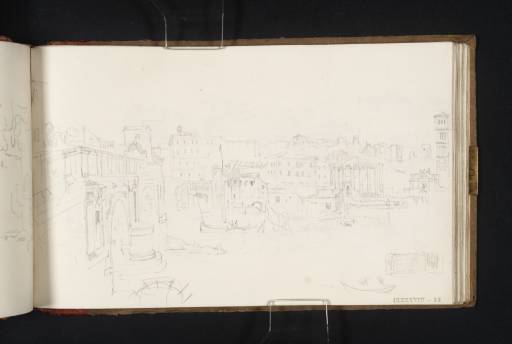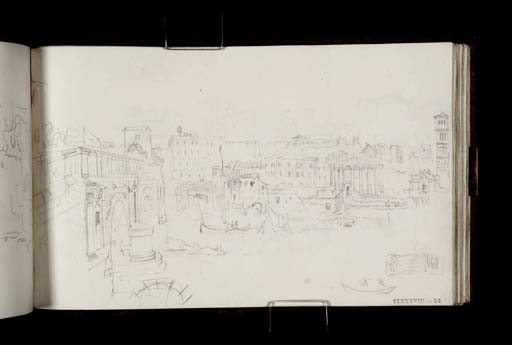References
How to cite
Nicola Moorby, ‘The Eastern Bank of the Tiber, Rome, with the Ponte Rotto, Cloaca Maxima, Temple of Hercules and Santa Maria in Cosmedin 1819 by Joseph Mallord William Turner’, catalogue entry, September 2008, in David Blayney Brown (ed.), J.M.W. Turner: Sketchbooks, Drawings and Watercolours, Tate Research Publication, December 2012, https://www


